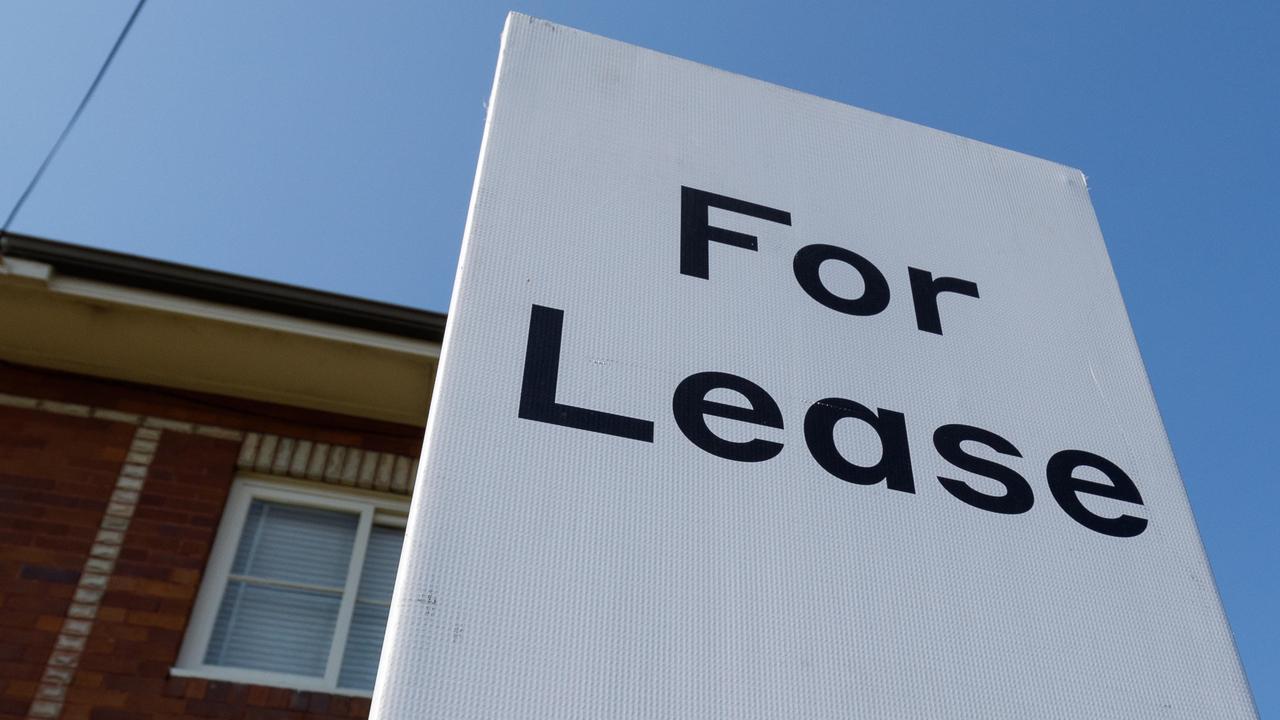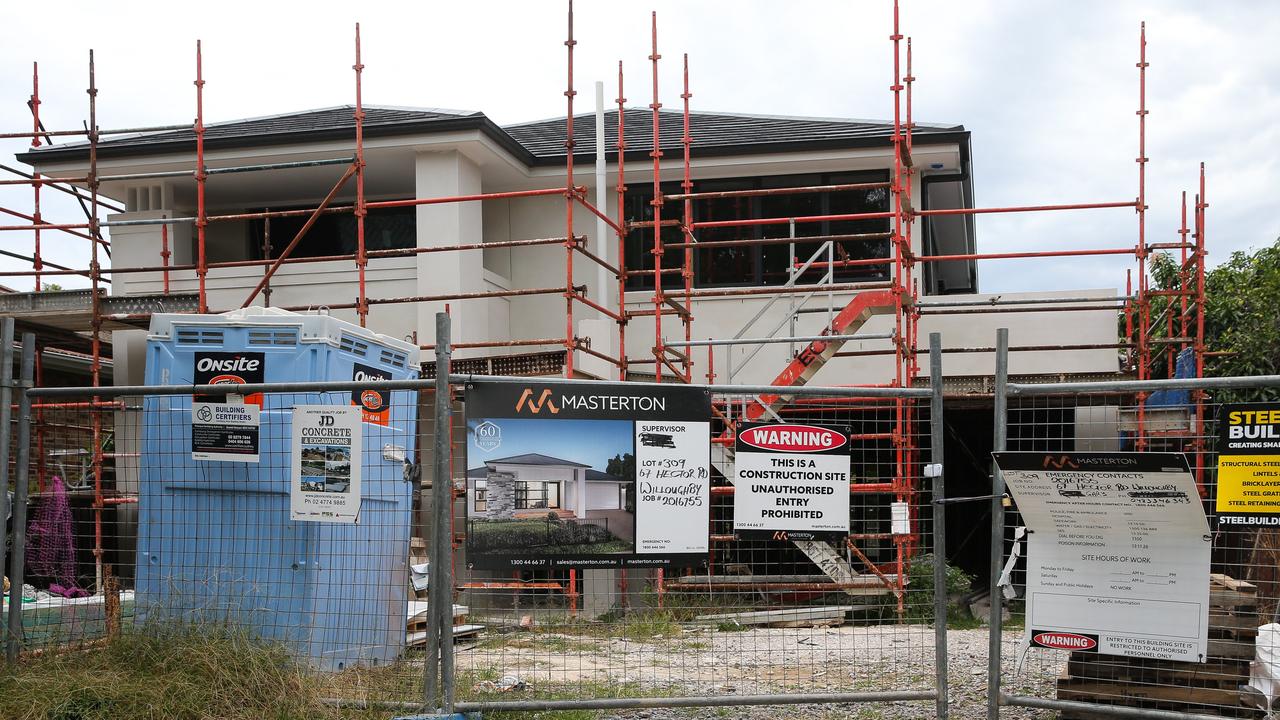OECD forecasts Australia to keep ‘restrictive’ interest rates into next year
After the largest and fastest series of interest rate hikes in Australia’s history, a top global economic body has offered some hope to struggling homeowners.
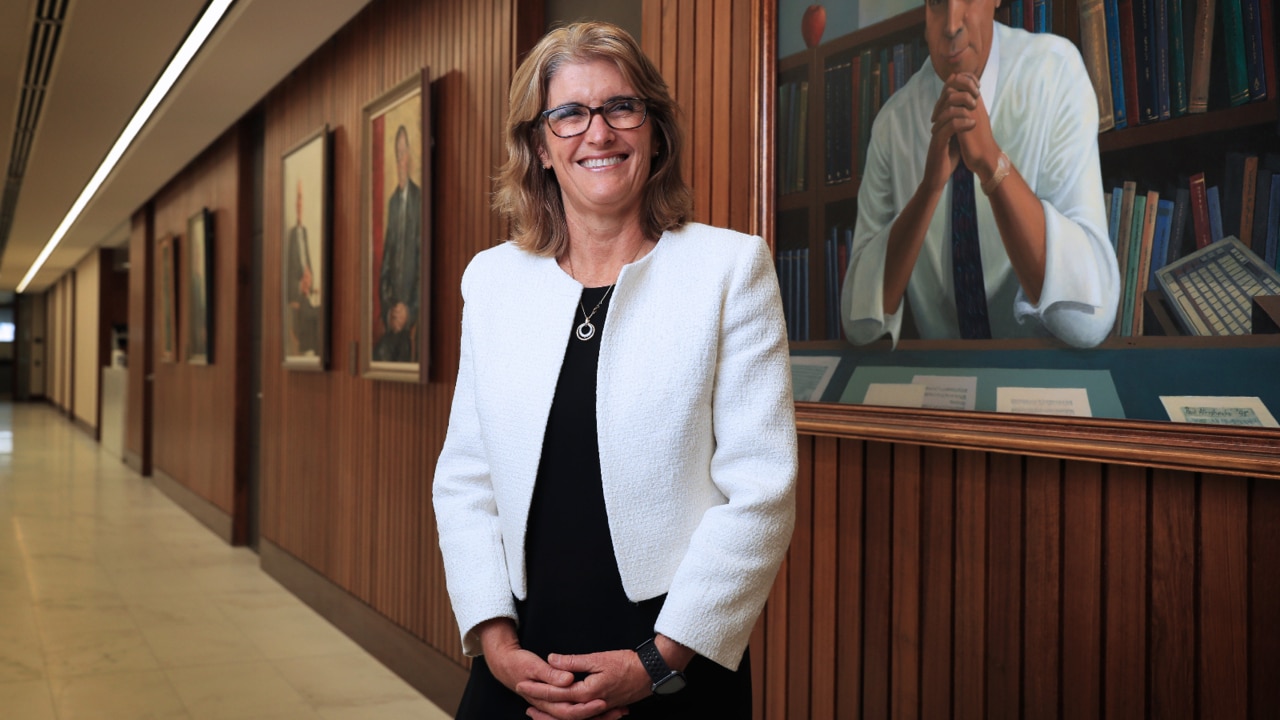
Interest Rates
Don't miss out on the headlines from Interest Rates. Followed categories will be added to My News.
Homeowners will have to wait until at least the middle of next year for any interest rate relief, according to a global economic body which is tipping a cut of just 0.75 percentage points by the end of 2025.
And with inflation remaining stubbornly high in Australia, the Organisation for Economic Co-operation and Development (OECD) says the Albanese government should consider increasing or expanding the GST and cracking down on super tax breaks to repair the budget.
The OECD – which is led by former Australian finance minister Mathias Cormann – used its biannual economic outlook to forecast that this month’s Reserve Bank rate hike would be the last in the fastest and largest series of increases in history.
But the report said the central bank was expected to hold the cash rate “at this restrictive level until inflation is clearly declining”, keeping households under the pump into next year.
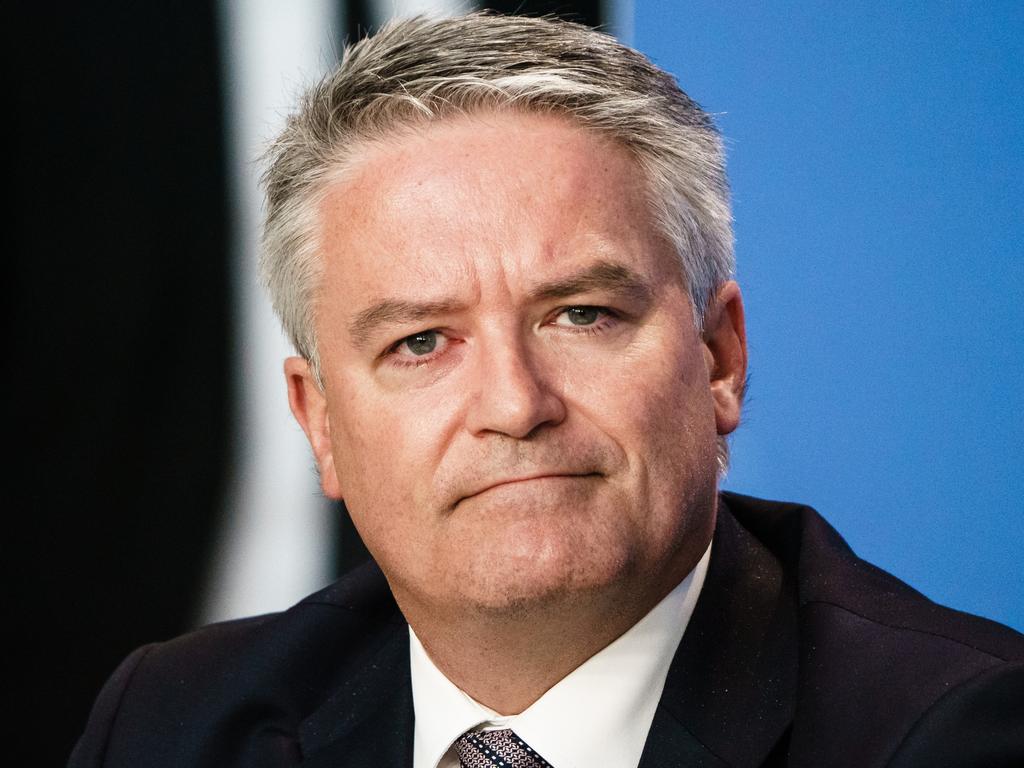
It predicted inflation would return to the Reserve Bank’s target level of 2-3 per cent by early 2025. The board declared this month that it would “do what is necessary to achieve that outcome”, as it flagged the possibility of one or two more rate increases.
The latest consumer price index figures, released by the Australian Bureau of Statistics on Wednesday, showed annual inflation eased to 4.9 per cent in October, after prices grew by 5.6 per cent in the year to September.
While markets were pricing just an 11 per cent chance of a rate hike on December 5 ahead of the data release, there is still a 68 per cent chance of the Reserve Bank lifting the cash rate to 4.6 per cent by June next year.
The OECD outlook, released on Wednesday, also urged the government to pursue sweeping reforms “to improve the sustainability of public finances” as economic growth slowed and the cost of healthcare, aged care and the net zero transition climbed.
“Raising further revenue, such as reducing private pension tax breaks and increasing receipts from the goods and services tax, should be considered,” it said.
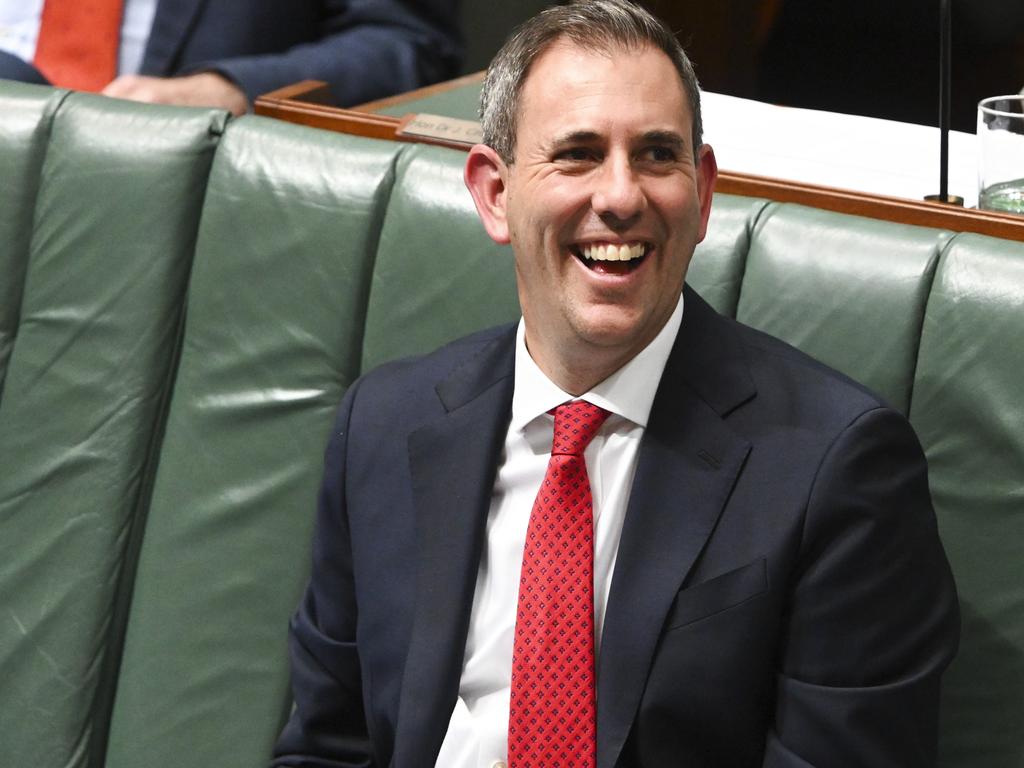
The International Monetary Fund similarly renewed its push for a GST increase earlier this month, a proposal that has been rejected by Treasurer Jim Chalmers. He has moved to reclaim $2bn from superannuation tax concessions which cost the budget $50bn a year.
The OECD also encouraged savings in the health system by directing more patients to primary care and funding preventive policies, while pushing for Australia’s skilled migrant intake to be “more responsive to the skill needs of industry”.
The government is soon expected to respond to a major migration review, addressing how it will manage record migration levels.
The OECD report noted that the influx of foreign workers and overseas students was propping up Australia’s economic growth rate, which it tipped to slow from 1.9 per cent this year to 1.4 per cent next year as Australians struggled with the cost of living, particularly for housing.
Originally published as OECD forecasts Australia to keep ‘restrictive’ interest rates into next year






